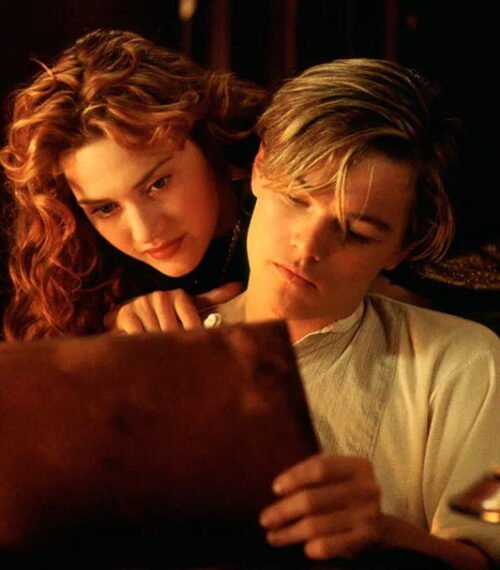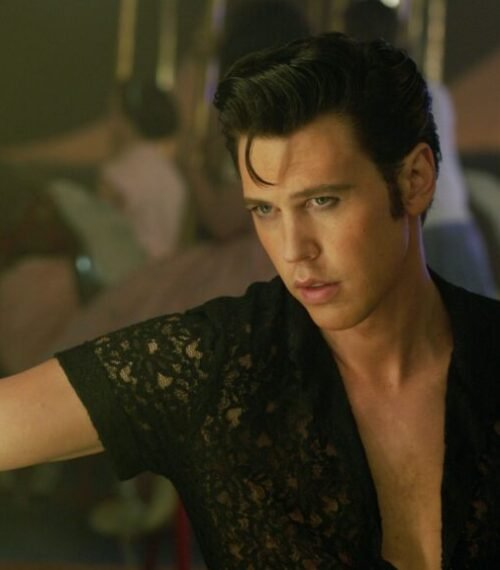Netflix has reportedly spent between $400 million and $480 million on Stranger Things Season 5 (via Puck), making it one of the most expensive television productions in history. The final eight-episode season surpasses Avengers: Endgame‘s production budget of $356 million as per Box Office Mojo, by over $100 million.
This marks a staggering 900% increase from Season 1’s $48 million total budget in 2016. The costs stem from multiple factors, including cast salaries reaching $9.5 million per actor, a partnership with Industrial Light & Magic for visual effects, and episodes designed to match theatrical film quality.
Breaking Down the $50-60 Million Per Episode Price Tag
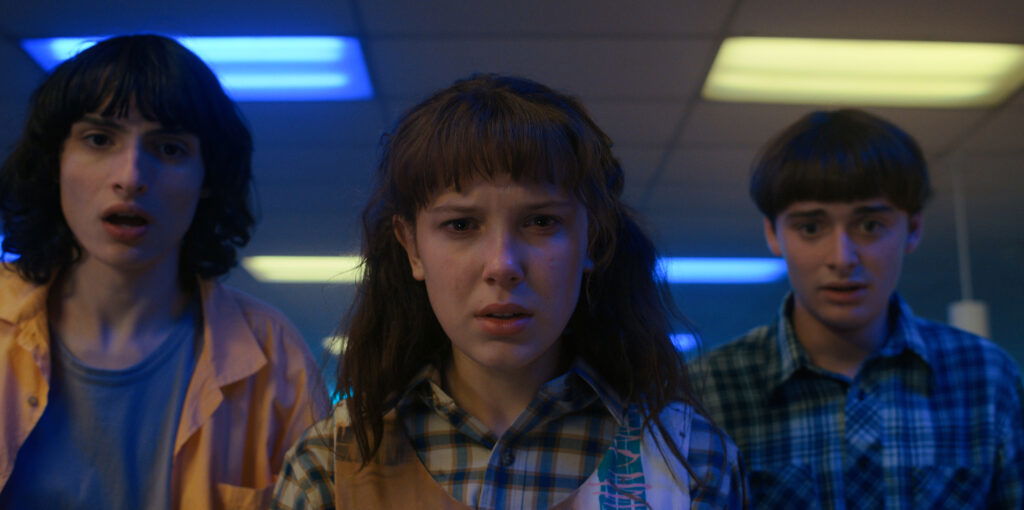
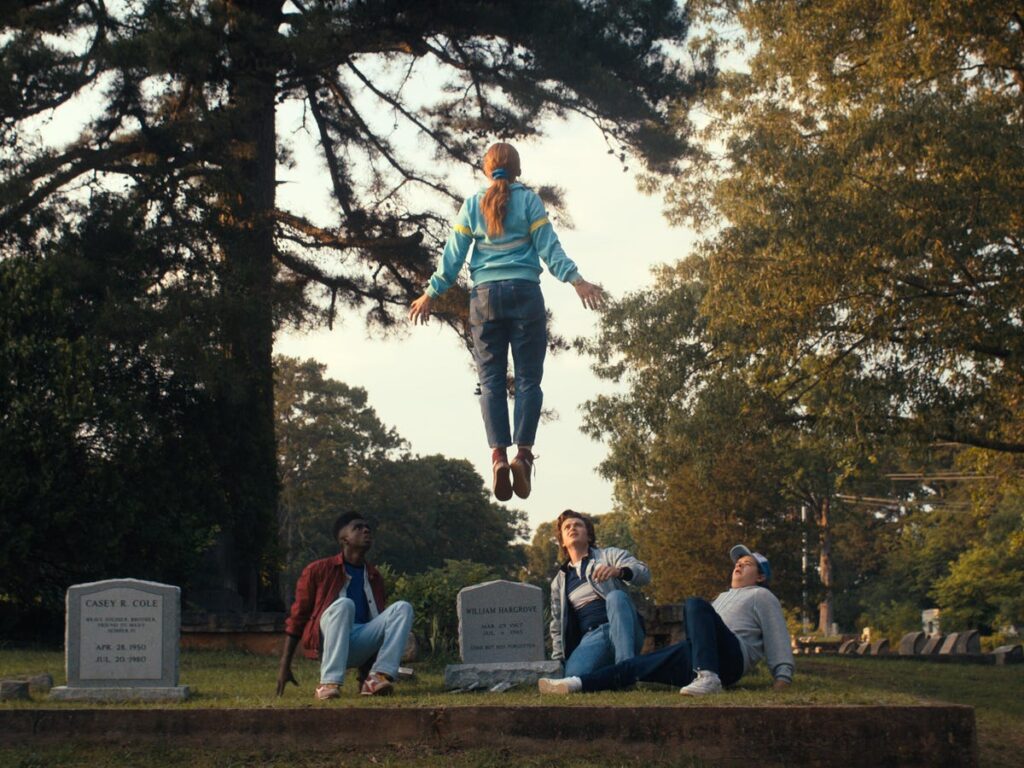
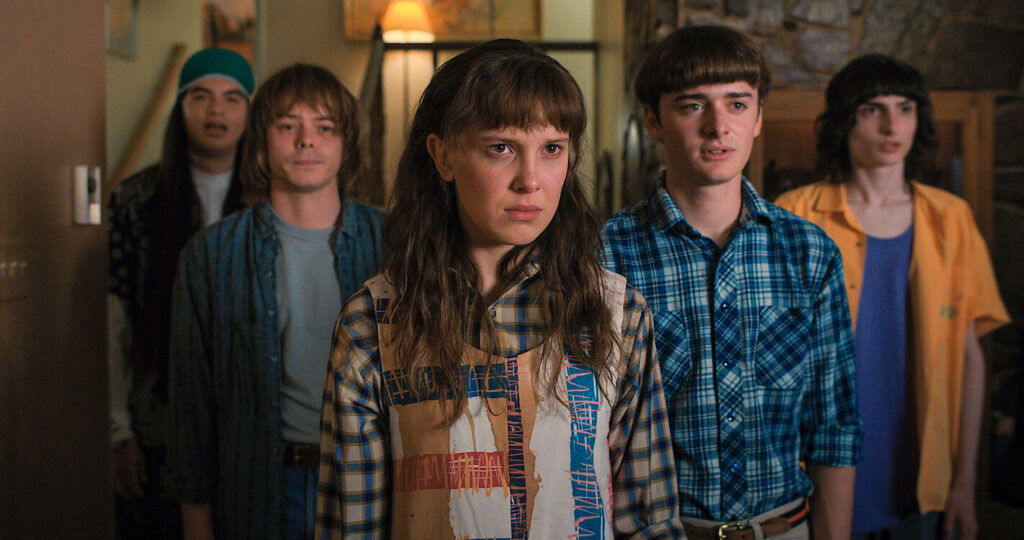
Each of the eight episodes in Stranger Things Season 5 costs between $50 million and $60 million to produce (via Puck). This represents approximately $850,000 per minute of content. By comparison, Season 4 episodes cost $30 million each for a total of $270 million across nine episodes. Season 5 costs double per episode despite having one fewer installment.
The budget breakdown follows typical high-end television production standards. Labor costs for cast and crew account for 50% to 60% of the total. Production costs, including sets, equipment, and location fees, take up 15% to 25%.
Post-production expenses covering editing, sound design, music composition, and color grading fill out the remaining percentage. This distribution reflects the cinematic scale that the Duffer Brothers aimed to achieve for the series finale.
Season 5’s budget evolution shows dramatic growth across the show’s run (via ScreenRant).
Only The Lord of the Rings: The Rings of Power exceeds this per-episode cost at $58 million for its first season.
Where Does All That Money Go? VFX, Cast Salaries, and Cinematic Scale
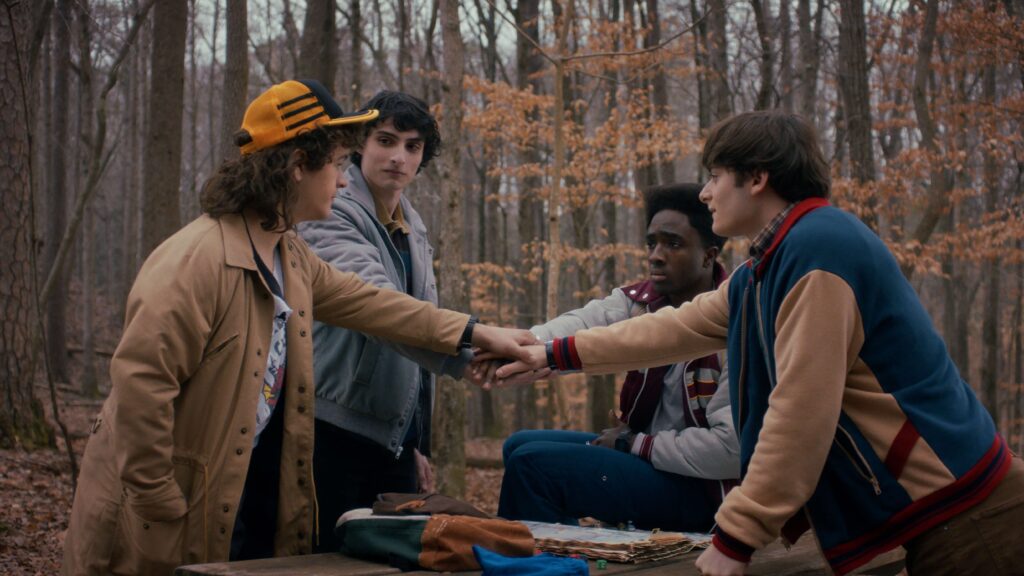
Cast salaries represent a significant portion of the budget, organized into four distinct pay tiers with substantial increases from previous seasons. According to another 2023 Puck report, Winona Ryder and David Harbour each earn $9.5 million for Season 5, placing them in Tier 1.
Tier 2 includes Gaten Matarazzo, Caleb McLaughlin, Noah Schnapp, Finn Wolfhard, and Sadie Sink, who each receive just over $7 million. Tier 3 consists of Natalia Dyer, Maya Hawke, Charlie Heaton, and Joe Keery, earning just over $6 million each.
Millie Bobby Brown operates under a separate arrangement with Netflix that includes her work on the Enola Holmes franchise.
Season 5 marks the first collaboration between Stranger Things and Industrial Light & Magic, the visual effects studio behind Star Wars and Marvel films. The scope includes a full-scale invasion of Hawkins by the Upside Down, massive rift sequences splitting the town, realistic particle simulations for dark matter clouds, and digital doubles for complex action sequences.
The production required de-aging technology for flashback scenes, photorealistic rendering for hybrid creature designs, and compositing between the real world and Upside Down dimensions. The Duffer Brothers captured over 650 hours of footage during principal photography.
The sets required extensive construction to portray an apocalyptic version of Hawkins under military quarantine. Multiple VFX studios beyond ILM, including SCANable VFX, contributed to the post-production work that extended into 2025. Extended shooting schedules resulted from delays caused by the 2023 Writers Guild strike, adding to overall production costs.
Netflix will release Stranger Things Season 5 in three volumes during the 2025 holiday season, starting November 26.



